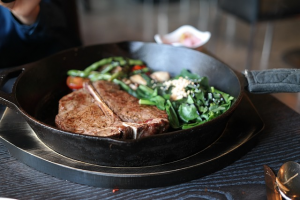
Once we pass the age of 20, our bodies begin to produce less Coenzyme Q10 with increasing age. Various medications, including statin medications, interfere with our production of Coenzyme Q10. Most of us cannot hope to make up the difference in our meals. For good heart health, we need a daily Coenzyme Q10 supplement. The ubiquinone form of supplement is the most stable form and the most carefully researched form.
Coenzyme Q10 is a vitamin-like substance that is an essential bio-nutrient. It is vital for the cellular process of ATP energy production. It is an important antioxidant protecting the cells against harmful free radicals. It is thought to improve epithelial cell function in the blood vessels and to protect against the development of atherosclerosis and high blood pressure. In this essay, we review some of the basic facts of Coenzyme Q10 absorption and bio-availability.
Importance of Coenzyme Q10 absorption
Coenzyme Q10 bio-synthesis declines with age
Our bodies produce Coenzyme Q10 in much the same way that they produce cholesterol. However, once we reach our 20’s, our bio-synthesis of Coenzyme Q10 begins to decline with increasing age [Kalén]. One estimate is that the plasma Coenzyme Q10 concentration of an average 65-year-old will be only about half the plasma concentration of an average 25-year-old: approximately 0.65 micrograms per milliliter versus 1.35 micrograms per milliliter.
We cannot make up the difference just by eating right. Coenzyme Q10 is a substance for which oral supplements are clearly indicated in that large quantities of foods would have to be ingested daily to meet our daily requirements of Coenzyme Q10.
Drug interference with Coenzyme Q10 absorption
Moreover, Coenzyme Q10 supplements are especially important for people who take synthetic drugs. There are perhaps as many as 134 drugs that interfere with the synthesis or function of Coenzyme Q10 [Judy 2017]. Statin medications are of particular interest because inhibiting the synthesis of cholesterol also inhibits the synthesis of Coenzyme Q10 [Okuyama].
Evidence from Coenzyme Q10 randomized controlled trials
A randomized, double-blind, placebo-controlled study of 443 healthy elderly adults aged 70 – 88 years – the KiSel-10 study — has shown that supplementation with Coenzyme Q10 and selenium significantly decreases the risk of heart disease and death from heart disease [Alehagen].
A randomized, double-blind, placebo-controlled study of 420 individuals with an average age of 62 years – the Q-Symbio study — has shown that supplementation with Coenzyme Q10 significantly improves the symptoms and survival of heart failure patients [Mortensen].
A randomized, double-blind, placebo-controlled study of 641 patients with congestive heart failure – the Morisco study – has shown that supplementation with Coenzyme Q10 significantly reduces hospitalization and serious complications of heart failure [Morisco].
Coenzyme Q10 difficult to absorb
Complicating the picture is the fact that the human absorption of the Coenzyme Q10 in oral supplements is difficult for a number of reasons [Judy 2017].
- The man-made raw material used in Coenzyme Q10 supplements is crystalline. We humans cannot absorb crystals. We can absorb only single molecules. The Coenzyme Q10 crystals will completely dissolve into single molecules only at a temperature approximately 10 degrees Celsius higher than body temperature.
- The Coenzyme Q10 molecules are fat-soluble molecules (also known as lipid-soluble molecules). No amount of processing is going to make the fat-soluble Coenzyme Q10 molecules more water-soluble than fat-soluble. Coenzyme Q10 molecules that have been made water-soluble are no longer Coenzyme Q10 molecules.
- Coenzyme Q10 molecules are large molecules. They need to be absorbed in a process called simple passive facilitated diffusion. The Coenzyme Q10 supplement needs to be taken together with a meal that contains some fat. The fat molecules are useful in carrying the Coenzyme Q10 molecules to the absorption cells in the small intestine. The carrier fats have to be monoglycerides (a monoglyceride is a molecule of glycerol attached to a fatty acid tail) because the body cannot absorb complex lipids.
Keeping the Coenzyme Q10 molecules from re-crystallizing
Consequently, the manufacturer of a good Coenzyme Q10 supplement must find an effective way to pre-heat and dissolve the Coenzyme Q10 crystals into single molecules. Then, the manufacturer must stabilize the Coenzyme Q10 molecules in lipids (typically, vegetable oils) inside the soft-gel capsules so that the Coenzyme Q10 single molecules do not re-crystallize while the capsules are waiting on the shelf [Judy 2017].
Absorption of Coenzyme Q10 as ubiquinone or ubiquinol
At the time of this writing (winter 2017), there continues to be a discussion about the relative absorption of ubiquinone and ubiquinol supplements. Despite numerous marketing claims for ubiquinol supplements, there is no solid documented evidence that ubiquinol supplements give a better absorption rate than the best crystal-free ubiquinone supplements. (More about this topic later in this essay)
Coenzyme Q10 known as a redox molecule
Coenzyme Q10 molecules are redox molecules. The reduced Coenzyme Q10 molecules give electrons to other molecules or compounds, and the oxidized Coenzyme Q10 molecules accept electrons from other molecules or compounds. Coenzyme Q10 molecules in the body convert easily from one form to the other, back and forth: from ubiquinone to semi-ubiquinone to ubiquinol.
Ubiquinone is the established and well-documented form of Coenzyme Q10
Ubiquinone is the oxidized form of Coenzyme Q10. It is the form that the body synthesizes in the outer membrane of the mitochondria in all cells except the red blood cells. It is the form that accepts electrons. It is the form that the cells need for the production of energy. It is the form that has been much tested and documented in randomized controlled trials, which are the gold standard for bio-medical studies.
Ubiquinol is the less established form of Coenzyme Q10
Ubiquinol is a by-product of the process of cellular energy production. It is the reduced form of Coenzyme Q10. It is the form that donates electrons. As such, it is a valuable antioxidant. For use in a supplement, however, ubiquinol is quite unstable and will convert to ubiquinone if not handled very carefully. In the body, ubiquinol will be converted to ubiquinone prior to absorption [Judy 2017].
Semi-ubiquinone is an intermediate form of Coenzyme Q10
Semi-ubiquinone is an intermediate form. It is a partially reduced form. It is highly unstable, and it is not suitable for use as a supplement.
Ubiquinone is the most researched form of Coenzyme Q10
Ubiquinone is the form that has been researched for absorption, bio-availability, efficacy, and safety for over 35 years now (writing in early 2017). Ubiquinone has shown excellent results in large randomized, double-blind, placebo-controlled clinical trials such as the Q-Symbio study of heart failure patients [Mortensen], the KiSel-10 study of healthy elderly citizens living on their own [Alehagen], and the Gulf War Veterans study [Golomb].
Marketing claims for ubiquinol absorption are based on dubious comparisons
Ubiquinol has been available commercially only since 2007, and there is very little human research done on the health effects of ubiquinol. Marketing claims for the absorption for ubiquinol have been far out of proportion to the research evidence.
The marketing claims have been based on comparisons of results in studies carried out at different times and under differing conditions in people with different characteristics. Or, the comparisons have been based on in-vitro studies with intestinal cells in plastic cylinder digestive systems and non-physiological digestion components.
Coenzyme Q10 + high selenium yeast = special interrelationship
A daily combination of Coenzyme Q10 (ubiquinone form) and high selenium yeast confers therapeutic advantage when the two substances are used together in elderly populations [Alehagen 2015].
Summary
- Coenzyme Q10 is an essential bio-nutrient.
- In middle age and in the senior years, the human body produces less and less Coenzyme Q10.
- Various drugs, including/especially statin medications, inhibit the synthesis or absorption of Coenzyme Q10.
- There is no hormonal stimulant known to increase Coenzyme Q10 bio-synthesis or absorption.
- Exercise can help to stimulate better bio-synthesis of Coenzyme Q10.
- Daily Coenzyme Q10 supplementation of the diet is necessary for optimal heart health.
- The marketing claims that ubiquinol supplements give better absorption than ubiquinone supplements are not persuasive.
Sources:
Alehagen, U., Johansson, P., Björnstedt, M., Rosén, A., & Dahlström, U. (2013). Cardiovascular mortality and N-terminal-proBNP reduced after combined selenium and coenzyme Q10 supplementation: a 5-year prospective randomized double-blind placebo-controlled trial among elderly Swedish citizens. International Journal of Cardiology, 167(5), 1860-1866.
Alehagen, U., & Aaseth, J. (2015). Selenium and coenzyme Q10 interrelationship in cardiovascular diseases–A clinician’s point of view. Journal of Trace Elements in Medicine And Biology, 31157-162.
Golomb, B. (2014). Coenzyme Q10 and gulf war illness. Neural Computation, 26(11), 2594-651.
Judy, W. V., Stogsdill, W. W., Judy, D. S., & Judy, J. S. (2007). Coenzyme Q10: Facts or Fabrications? Natural Products Insider. Retrieved from http://www.zmc-usa.com/docs/CoQ10_Facts_or_Fabrications.pdf.
Judy, W. V. (2017). Private communication.
Kalen A, Appelkvist EL, Dallner G. Age-related changes in the lipid compositions of rat and human tissues. Lipids. 1989;24(7):579–584.
Morisco, C., Trimarco, B., & Condorelli, M. (1993). Effect of coenzyme Q10 therapy in patients with congestive heart failure: a long-term multicenter randomized study. The Clinical Investigator, 71(8 Suppl), S134-S136.
Mortensen, S. A. (2000). Coenzyme Q10 as an adjunctive therapy in patients with congestive heart failure. Journal of The American College of Cardiology, 36(1), 304-305.



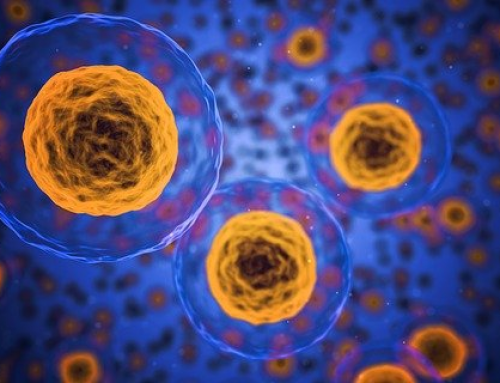
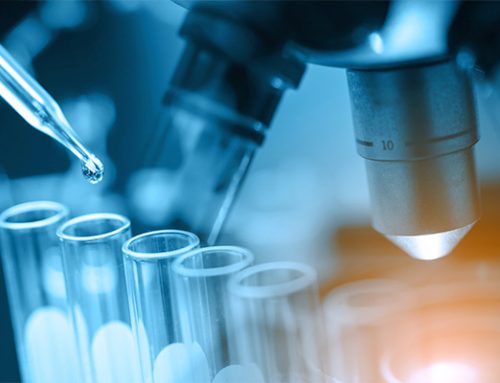

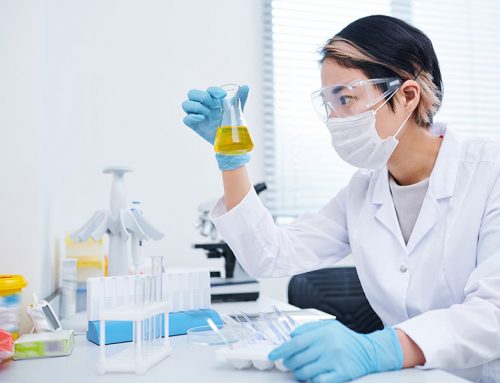
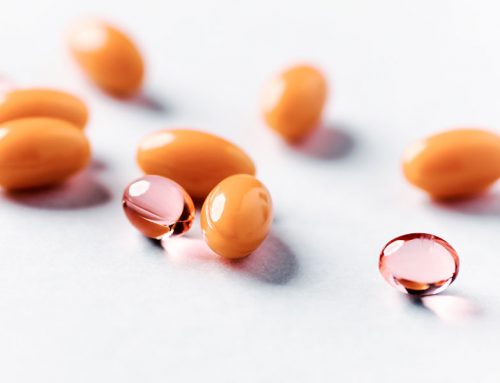

I wonder if the case for ubiqinone and against ubiquinol is so clear when looking at people with CFS/ ME / fibromyalgia? Ihave CFS and find ubiquinol helps with fatigue and muscle pain whereas ubiquinone does not. I am 57 and this finding seems quite common on discussion boards.
Dear Mr. Alivenow,
I am sorry to read about your struggles with chronic fatigue syndrome. I have asked Dr. William Judy about your question. He and his research group have had much experience with CoQ10 treatment and chronic fatigue syndrome. Here is his answer.
“My group have done several chronic Fatigue studies over the years. Dr. Rosenfeldt has put our data together and is going to publish the study. What we found is that CoQ10 (Ubiquinone) supplementation will increase plasma and skeletal lmuscle CoQ10. The response time is not rapid. It takes about 4 months before the individual can exercise for six minutes easily. Unfortunately, if the patient stops taking CoQ10, thinking he or she is well, then the CFS will return fairly rapidly.
Almost all Ubiquinol products in the USA market are the same. However, there are many different ubiquinone products in the market place. The best ubiquinaone products are the crystal free products. In our previous studies, we had to use doses of 300 mg per day. With the crystal free product, we use the 100 mg of the crystal free product. We recomment that the individual try using the new crystal free CoQ10 product. It is much better absorbed than other Ubiquinone products and ubiquinol.
Recently I have seen publications of the effectiveness of Ubiquinone in reducing the symptoms and low energy conditions of Chronic Fatigue Syndrome.”
Good luck,
Richard
I am a Registered Respiratory Therapist and want to use CoQ10, D Ribose, L-Carnitine and Selenium for Congestive Heart Failure patients and want to know what is the best form of CoQ10 to use for these patients? Water soluable? Ubiquinone or Ubiquinal?
Hello, Dan,
The best documented form of Coenzyme Q10 is the ubiquinone form. It has been significantly associated with improved symptoms and survival when it was used in Dr. Svend Aage Mortensen’s Q-Symbio study of adjuvant CoQ10 treatment of chronic heart failure patients.
https://www.ncbi.nlm.nih.gov/pubmed/25282031
https://www.ncbi.nlm.nih.gov/pubmed/30835327
The ubiquinone form was used together with a high-selenium yeast product in Professor Urban Alehagen’s KiSel-10 study and was associated with significantly reduced cardiovascular mortality, improved heart function, and improved health-related quality of life in senior citizens.
https://www.ncbi.nlm.nih.gov/pubmed/22626835
There is no need to worry about getting enough of the ubiquinol form of CoQ10 if one takes a ubiquinone CoQ10 supplement. Dr. Mohr, Bowry, and Stocker have shown that oral ubiquinone supplements significantly increased concentrations of ubiquinol in the plasma and in lipoproteins.
https://www.ncbi.nlm.nih.gov/pubmed/1637852
Best regards,
Richard